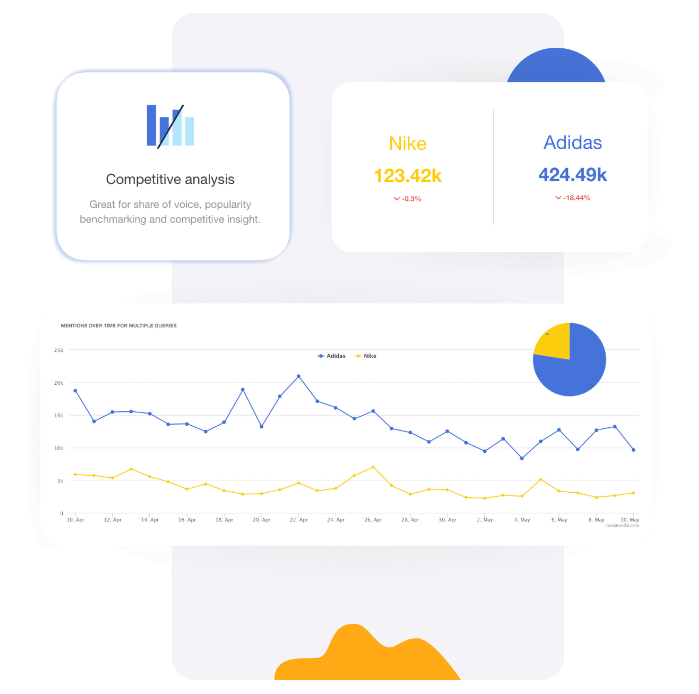In the digital age, understanding your audience is crucial for any business or organization. Social listening metrics provide valuable insights into what people are saying about your brand, products, or industry on social media platforms. By harnessing the power of social listening metrics, businesses can gain a competitive edge, enhance their products, and strengthen customer relationships. In this article, we will explore the significance of social listening metrics, how to effectively measure them, and the actionable insights they can offer.
What Are Social Listening Metrics?

Social listening metrics refer to the process of monitoring digital conversations to understand what customers are saying about a brand, industry, or topic.
Why Are Social Listening Metrics Important?
Understanding the sentiments and opinions of your audience helps in making data-driven decisions, enhancing products or services, and improving customer satisfaction.
Popular Social Listening Metrics to Consider
1. Volume of Mentions
Monitoring the number of times your brand or products are mentioned online.
2. Sentiment Analysis
Evaluating whether mentions are positive, negative, or neutral, providing insights into customer satisfaction.
3. Influence of Mentioning Users
Identifying influential users who can impact the perception of your brand among their followers.
4. Share of Voice
Comparing your brand’s mentions with competitors, determining your market share of online conversations.
How to Measure Social Media Monitoring Metrics
1. Choose the Right Social Listening Tools
Utilize tools like Hootsuite, AIM Insights, or Mention to track and analyze social media mentions effectively.
2. Set Clear Objectives
Define specific goals for your social listening efforts, such as improving brand reputation or understanding customer preferences.
3. Analyze Trends and Patterns
Look for recurring themes and patterns in social media conversations to identify emerging trends.
Actionable Insights from Social Monitoring Metrics
1. Enhance Customer Service
Address customer concerns promptly, improving overall customer satisfaction.
2. Product Development
Use feedback to enhance existing products or develop new ones tailored to customer needs.
3. Competitor Analysis
Understand your competitors’ strengths and weaknesses by analyzing what customers are saying about them.
Conclusion
Social listening metrics serve as a window into the minds of your audience, allowing you to adapt and innovate based on their preferences and opinions. By harnessing these metrics effectively, businesses can build stronger relationships with customers, stay ahead of market trends, and thrive in the ever-evolving digital landscape.
Ready to transform your business with social listening metrics? Request a demo from AIM Technologies today and discover the power of understanding your audience like never before.
FAQs
What is the primary benefit of social listening for businesses?
- Social listening helps businesses understand customer sentiments, enabling them to make informed decisions, enhance products, and improve customer satisfaction.
How frequently should social monitoring metrics be analyzed?
- It’s advisable to analyze social monitoring metrics regularly, preferably in real-time, to stay updated with the latest trends and customer sentiments.
Can social monitoring metrics be used for crisis management?
- Yes, social monitoring metrics are invaluable during crises as they provide real-time feedback, allowing businesses to address issues promptly and effectively.
Is sentiment analysis always accurate?
- While sentiment analysis algorithms have improved, they might not always capture nuanced emotions accurately. It’s essential to combine automated analysis with human judgment for the most accurate results.
How can small businesses benefit from social monitoring metrics?
- Small businesses can use social monitoring metrics to understand their niche audience, track competitors, and enhance their products or services, leading to sustainable growth.


